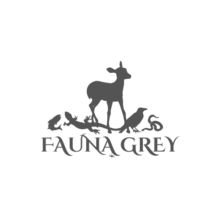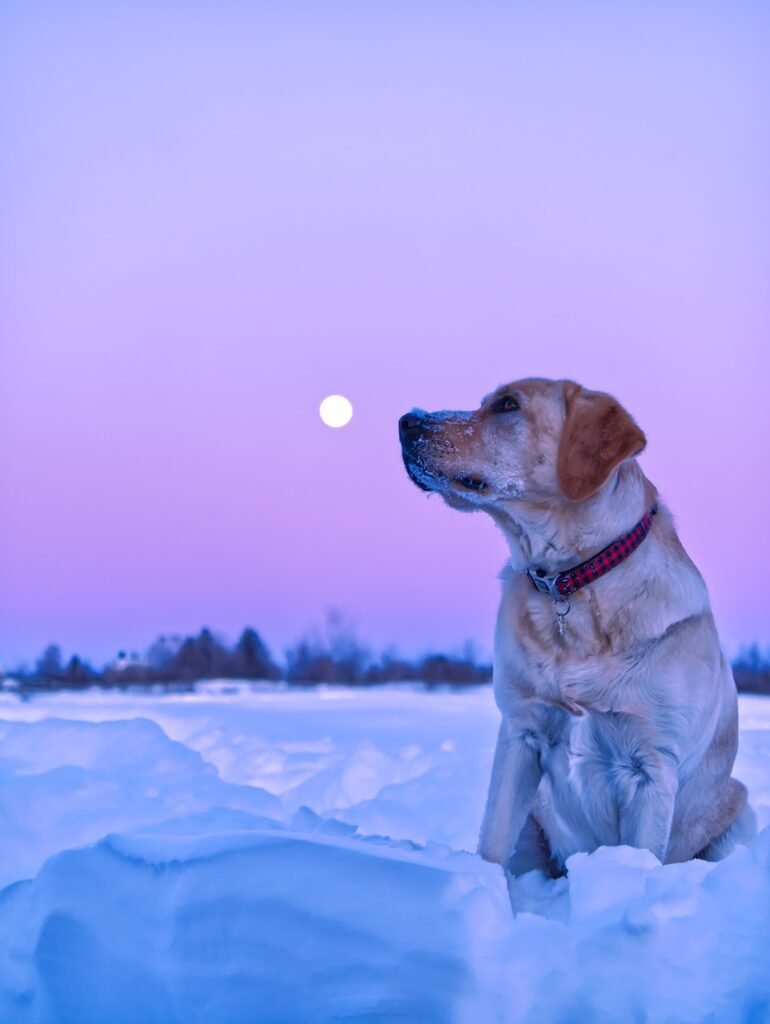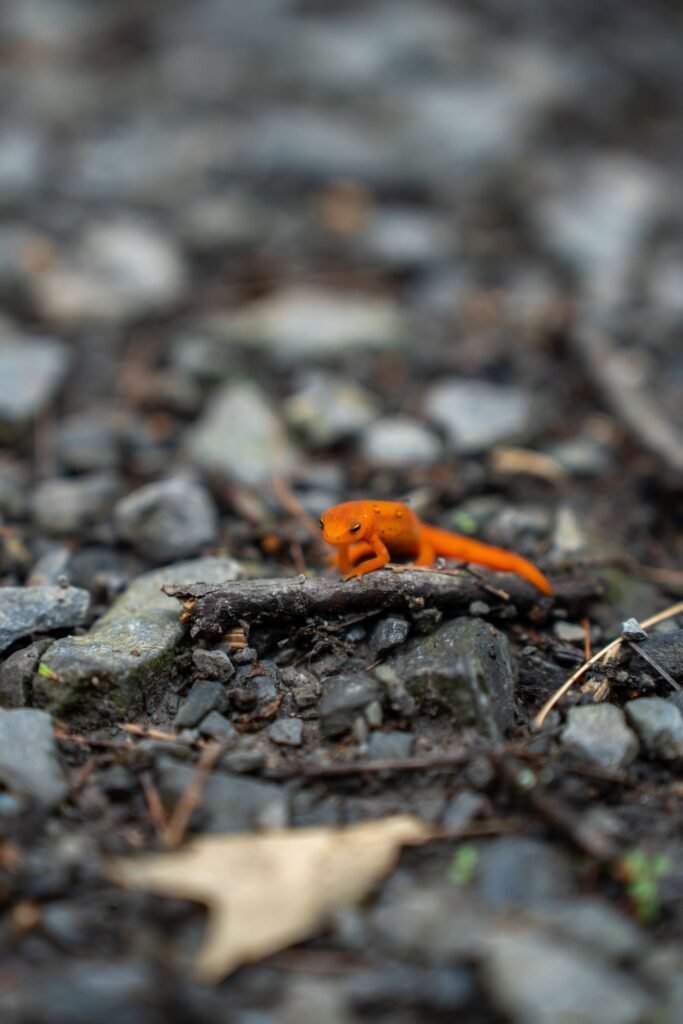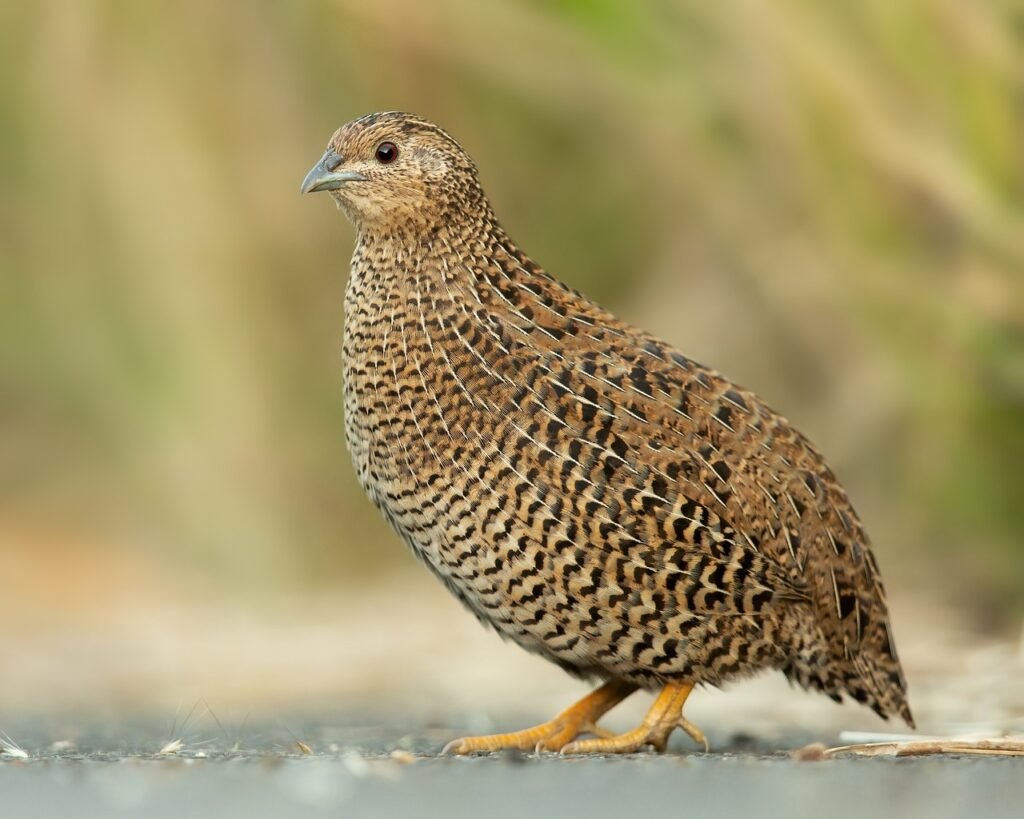
10 Fascinating facts about cows
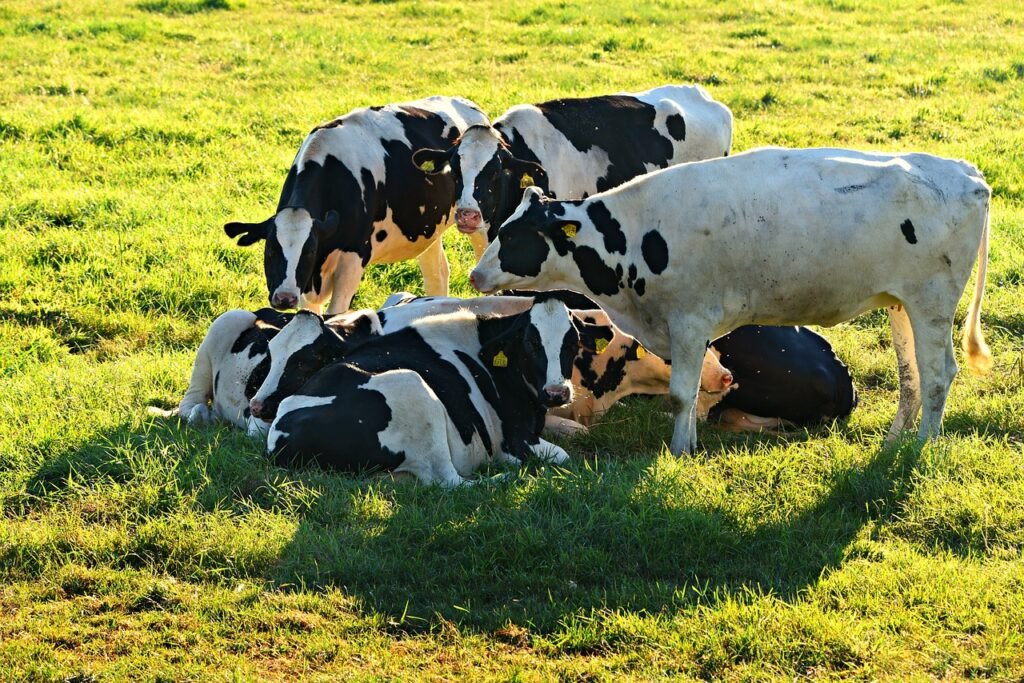
Cows have best friends
It’s widely known that cows are herd animals, relying on each other as a unit for survival. This social structure has led to the development of complex social skills that maintain balance within the herd. Similar to humans, cattle form deep connections with certain members of their social circle. These companions join them in daily activities and remain by their side indefinitely. This serves as a poignant reminder that they share more similarities with us than commonly acknowledged.

Cows dislike change
If you’ve grown up around cows or worked with them, you’re probably aware that they prefer things to remain consistent. Like humans, some cows are more sensitive to change than others. However, as a general rule, cattle react negatively to unfamiliar stimuli and sudden alterations in their environment.

Nose prints are to cattle as fingerprints are to humans
If the bovine world had law and order, they might promptly take nose prints to identify their culprits! Interestingly, each cow possesses its own unique nose print. As a bonus fun fact, the same holds true for canine noses.
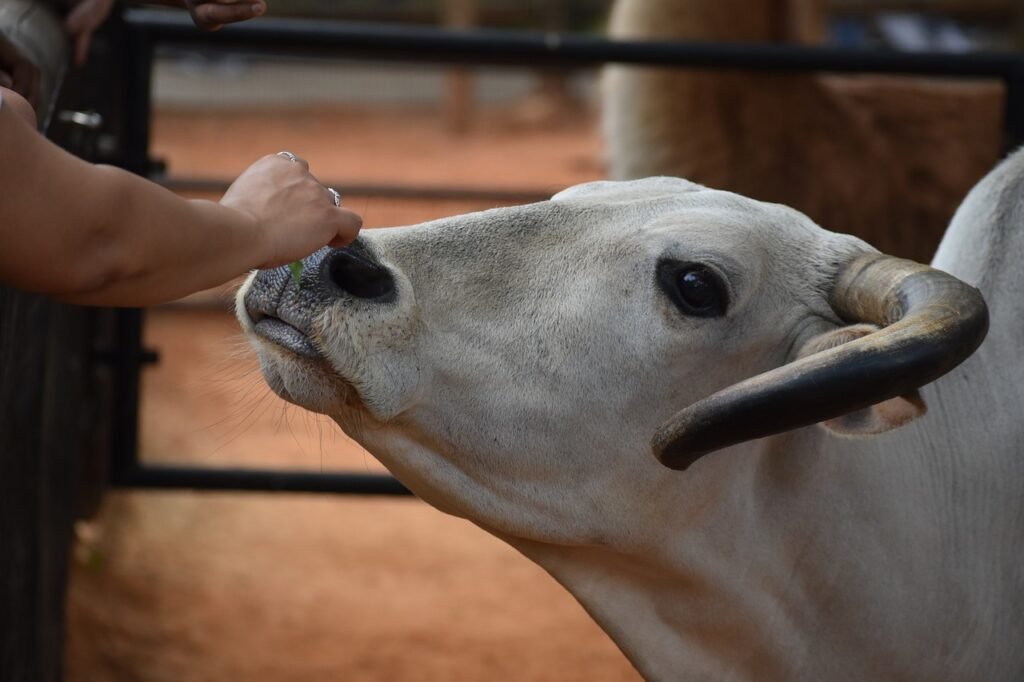
Cattle crave to be pet by humans they trust
It’s indeed true that cows need to learn to trust humans, but once they accept their caretaker, they appreciate physical touch. Studies have shown that gentle strokes and reassuring scratches from a trusted caregiver can calm and relax cows. In some instances, cows even exhibit a negative reaction when their caretaker leaves after receiving affectionate gestures.
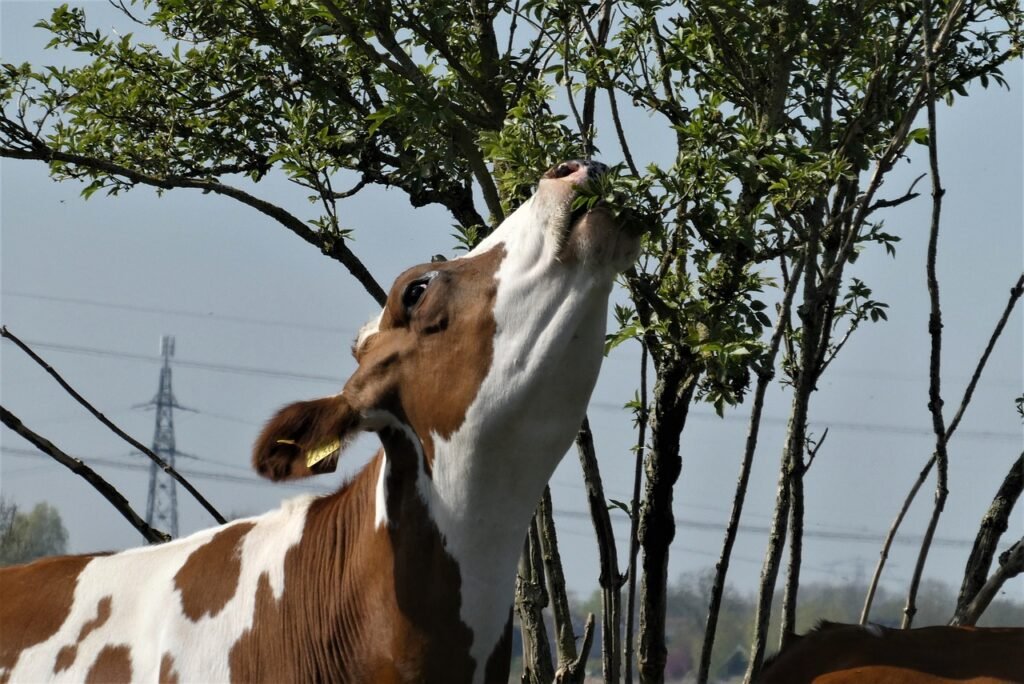
Cows enjoy learning
We can all relate to this feeling. After numerous attempts, you finally conquer another level, solve a challenging equation, or master a beautiful song on your instrument. The sense of accomplishment is immense, and you celebrate your success! Cows experience similar emotions. When they learn how to turn over a new feeding trough, retrieve food from a tall tree, or activate an automatic brush, they might celebrate too! You might see them take a victory lap or even buck for joy when they’ve mastered something new.
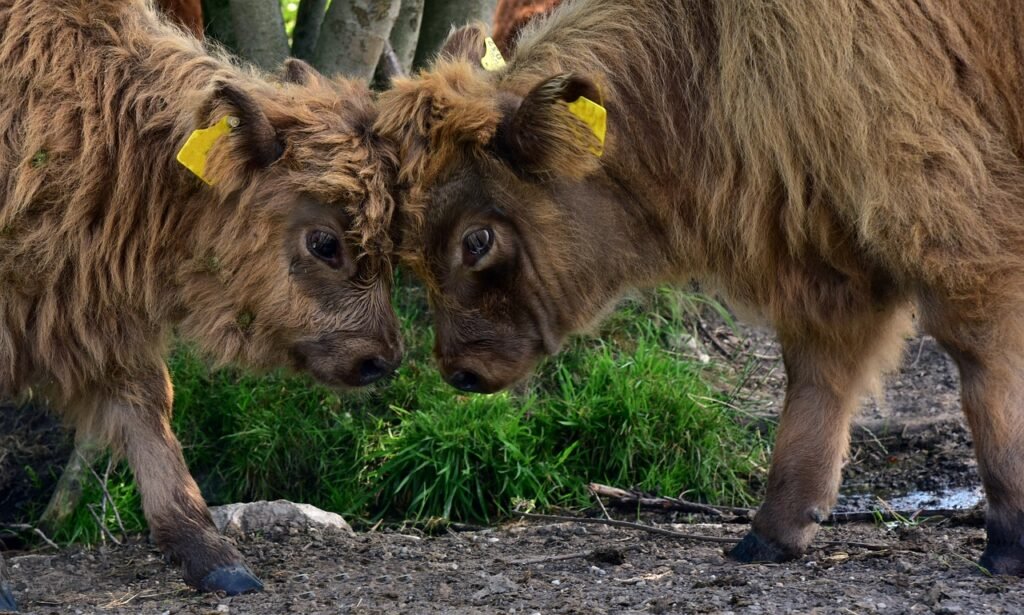
Cattle love to play
Play is crucial for social, mental, and physical development, not to mention it’s simply adorable! One unique aspect of cattle playing is their engagement in various types of play. Cows play with objects such as balls or buckets, interact in social play with each other, and participate in what’s known as “locomotive play.” Locomotive play for cows might involve jumping or bucking in a playful manner.
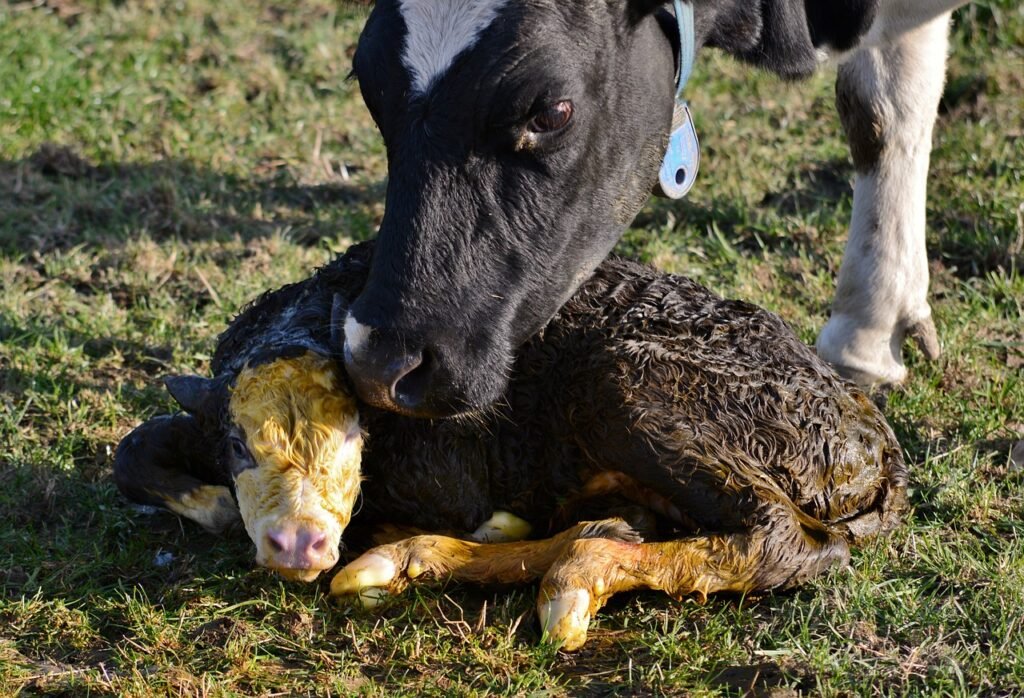
Post delivery grooming is important for mother calf bonding
Immediately after calving, the mother cow will instinctively clean her newborn calf, a crucial process for several reasons. Firstly, this ensures that the calf’s scent is suppressed, reducing the risk of attracting predators. Secondly, it clears the calf’s airways, ears, eyes, and rear, stimulating and ensuring proper bodily functions. Finally, this cleaning ritual is akin to “skin-to-skin” contact in humans, fostering a special bonding experience that solidifies the mother and baby bond.
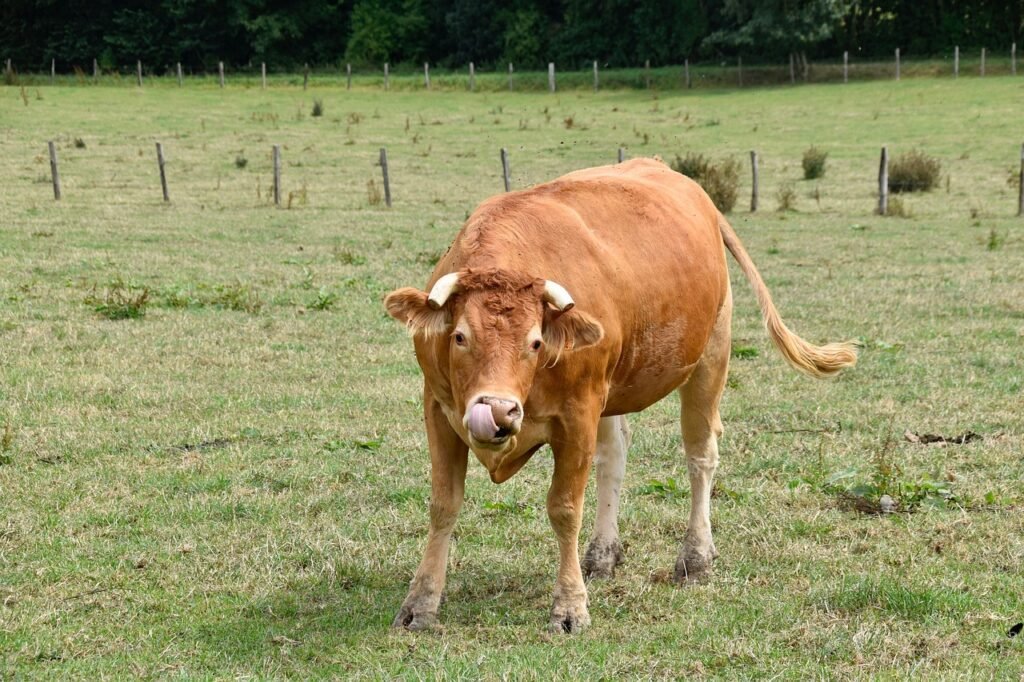
Each individual cow has a unique personality
Most animal enthusiasts who have experience with a variety of animals are convinced that each animal possesses a unique personality. As a caretaker, you’ll start to recognize individual preferences among cows. Working closely with dairy cattle, I’ve witnessed the diverse and unique personality traits of different cows. Their quirks, habits, temperaments, and preferences can vary drastically. While general tendencies are observed in certain breeds, personalities can differ significantly even within the same breed.
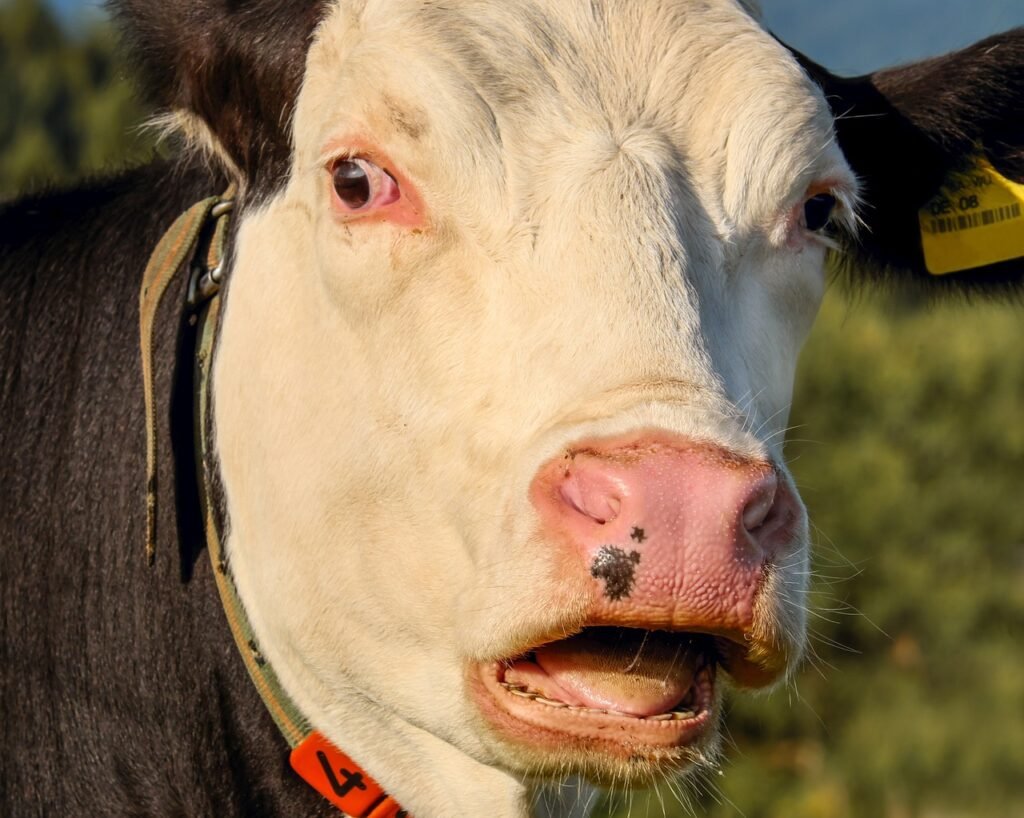
Cows display facial expressions
“The eyes are the windows to the soul” – you’ve likely heard this adage before, but did you know that you can discern a lot about a cow’s emotions by looking into its eyes? Cows express their feelings on their faces much like humans do, utilizing their eyes, nose, mouth, and ears. Think of their ears as analogous to eyebrows, conveying emotion through movement and positioning. Scientific studies have demonstrated that the percentage of white in a cow’s eye directly correlates with its emotional state. Generally, if a cow displays a high percentage of white in its eye, it indicates fear. However, sometimes showing the whites of their eyes can signal curiosity or a particular head position, but it predominantly indicates fear or shock. Observe the pictures displayed in this article and you’ll be sure to spot some clear expressions!
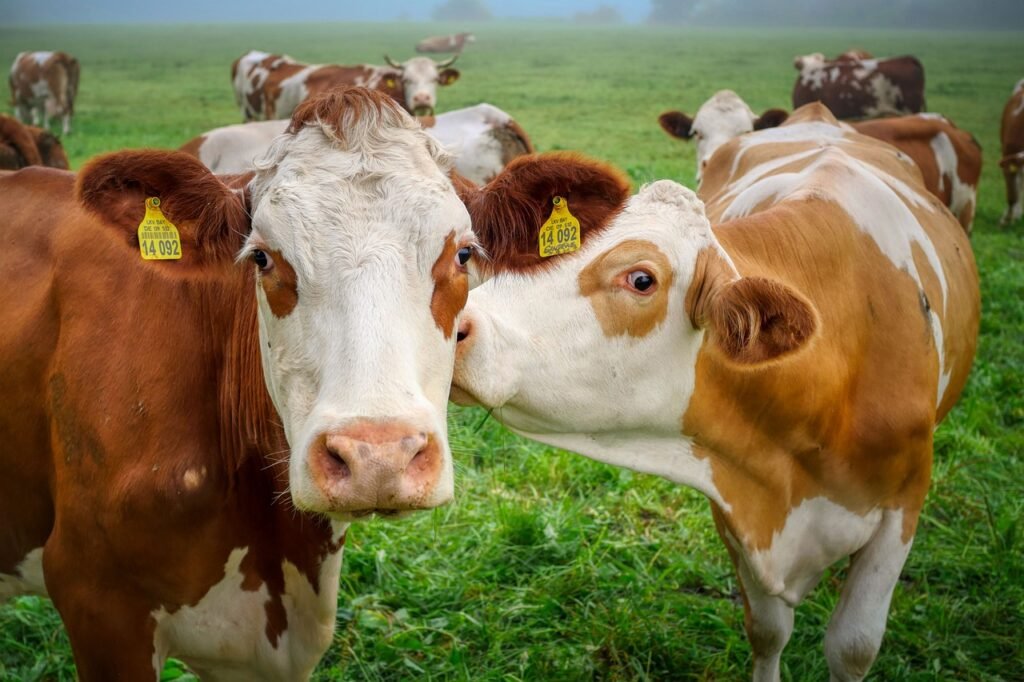
Cattle recognize the emotions of other herd members
Although this fact may seem surprising at first glance, it’s an essential aspect for a successful herd. When one member of the herd is scared, it often signals a potential threat for the entire group. Therefore, it’s logical that emotions are recognized and shared within a herd.
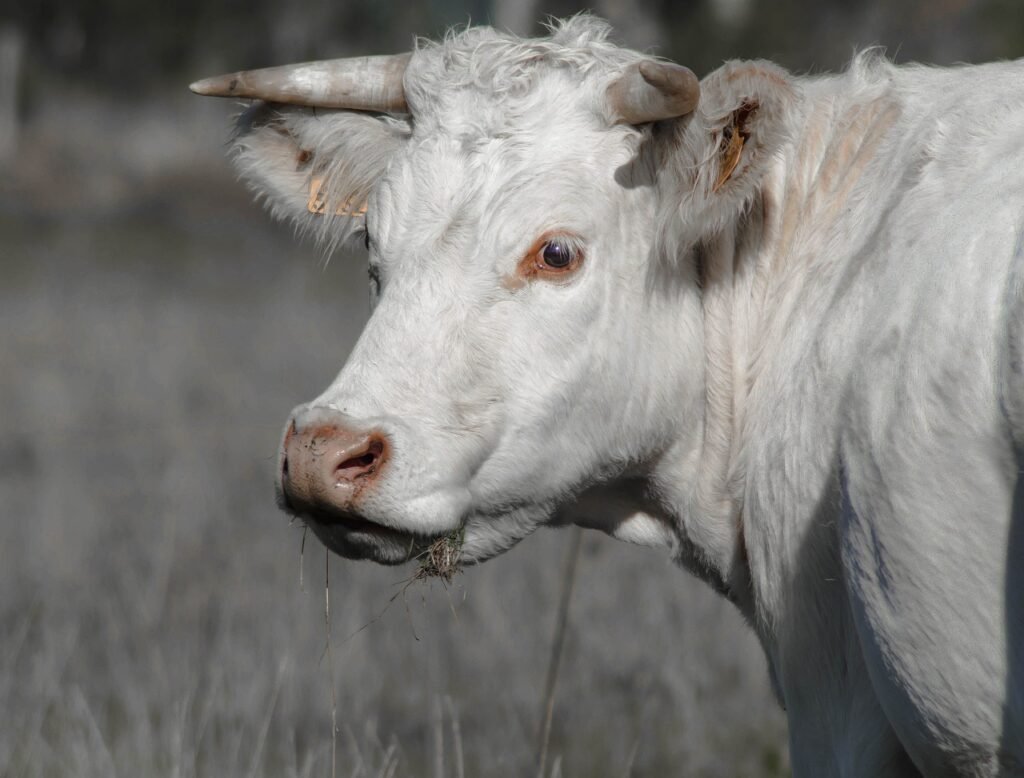
Conclusion:
The next time you drive by a pasture with a herd of cattle, we hope you’ll remember this article! Consider the complex social relationships within that herd and how many animals possess human-like qualities that are recognized and admired. Despite these special qualities, cows are often overlooked. Fauna Grey aims to raise awareness of just how remarkable these creatures are. Help us spread the word by sharing! As always, we appreciate your readership!
Fauna Grey
Fascinating Facts About Cows: They’re More Like Us Than You Think
How To Calm Your Pet During The Solar Eclipse
Friends With Frogs: How To Make Your Yard Amphibian Friendly
Invasive Species: What Do We Do Now?
Wildlife in the Spring: How To Support Them
10 Facts About Quail: A Fascinating Avian Lost In American Culture
Sources and Citations
Marino, L., & Allen, K. (2017). The psychology of cows. Animal Behavior and Cognition https://animalbehaviorandcognition.org/uploads/journals/17/AB&C_2017_Vol4(4)_Marino_Allen.pdf
Marc Bekoff Ph.D. (November 2, 2017) Cows: Science Shows They’re Bright and Emotional Individuals
